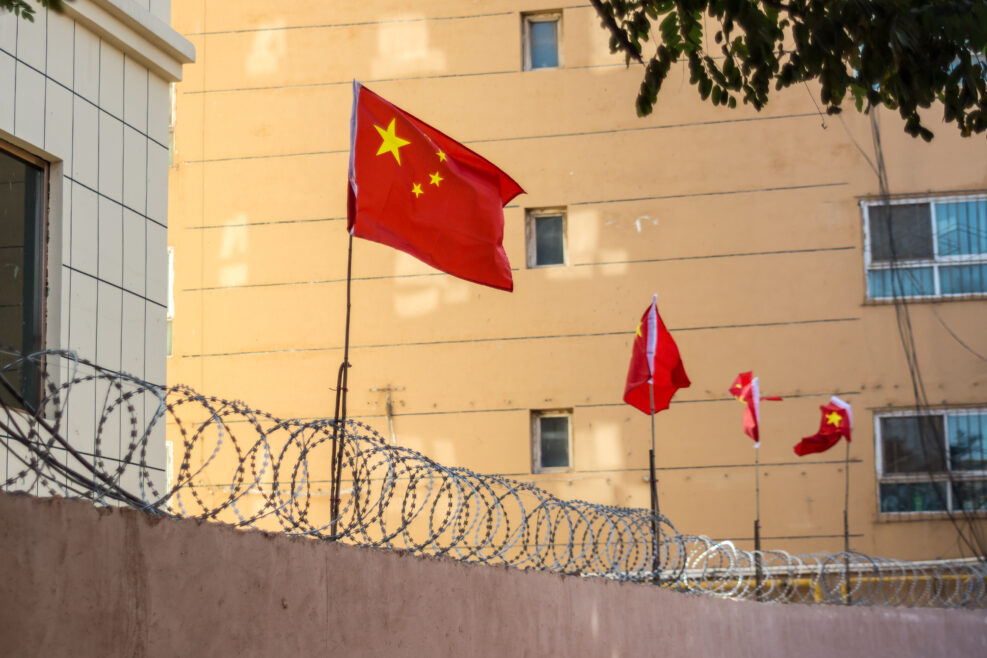
TagXinjiang

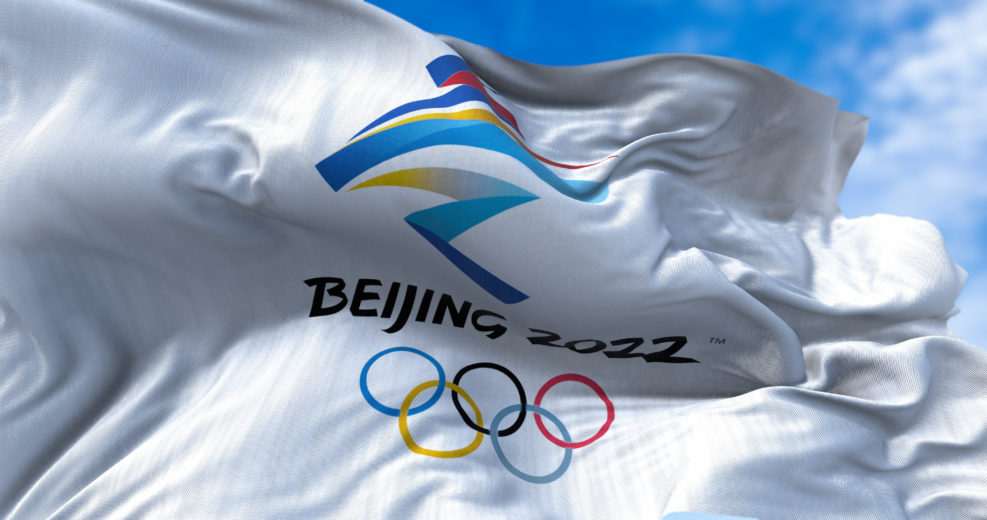
2022 Beijing Olympics: Politicizing the Olympic Games
One columnist wrote that unlike the 2008 games, the 2022 games “carries a distinct sense of foreboding.”Despite admonitions to not “politicalize the games,” Beijing’s opening ceremonies for the 2022 Olympic and Paralympic Winter Games conveyed a political message to the world. Politics has always been part of the Olympic Games. The impetus behind the modern Olympic Games, as conceived by William Penny Brookes and Pierre baron de Coubertin, was to use sports for promoting peace among nations, an inherently political agenda. Decisions on whether dignitaries will attend or who lights the torch are intentional on the part of the visiting and hosting countries, particularly since the first televised Games in 1960. Therefore, when the Chinese Olympic Committee chose first-time Olympic athlete Dinigeer Yilamujiang, also spelled Dilnigar Ilhamjan,* a twenty-year-old cross-country skier of Uyghur heritage, the country was Read More ›
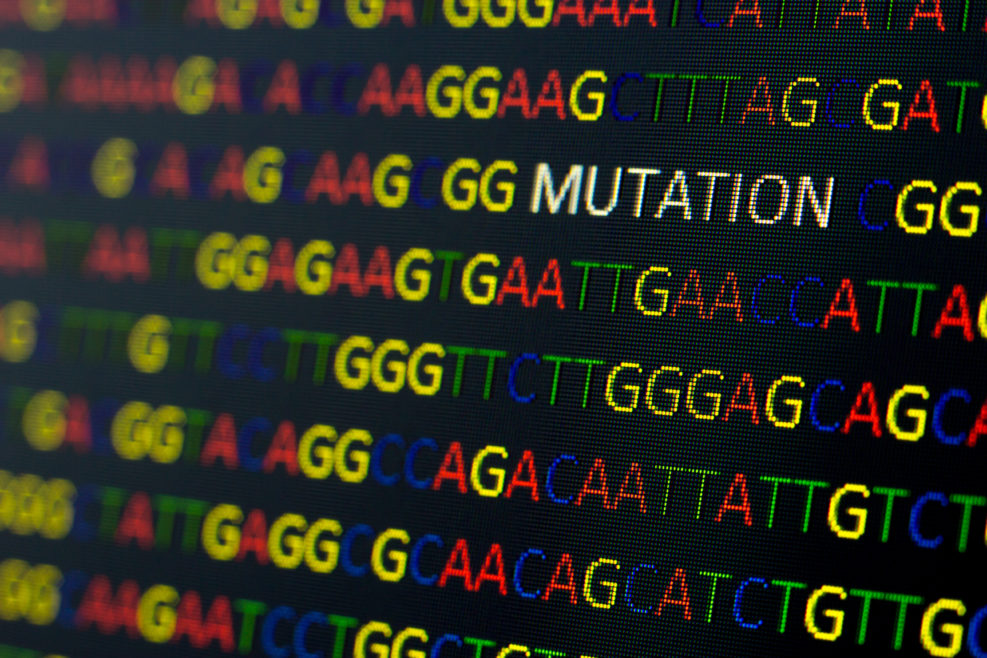
U.S.-Made DNA ID Equipment Is Being Sold to Xinjiang’s Police
Engineering professor Yves Moreau’s research shows that a more serious approach to existing sanctions against such uses is neededThe U.S. leads the world in DNA sequencing technologies. Unfortunately, two U.S. companies’ products are being used in China in the Xinjiang Uyghur Autonomous Region despite the fact that the U. S. has placed sanctions on such uses. The sanctions were put in place because Chinese authorities surveil and detain Uyghurs and other ethnic minorities without legal precedent and engage in acts that are in violation of the Genocide Convention of 1948. The New York Times, for example, obtained ten contracts, along with government procurement documents, showing that Thermo Fisher Scientific’s and Promega’s equipment is being sold to Xinjiang police: The government procurement documents and contracts show that several Chinese companies sold Thermo Fisher equipment worth at least $521,165 to Read More ›

Apple’s Supply Chain Includes Forced Labor in China
Big companies like Apple claim they try to avoid forced labor but maybe not hard enoughThe Information, an online periodical covering the tech industry, found that Apple’s supply chain includes companies that use the forced labor of members of minority groups in China, particularly Uyghurs — Chinese citizens who are ethnically Turkish and mostly Muslim: The Information and human rights groups have found seven companies supplying device components, coatings and assembly services to Apple that are linked to alleged forced labor involving Uyghurs and other oppressed minorities in China. At least five of those companies received thousands of Uyghur and other minority workers at specific factory sites or subsidiaries that did work for Apple, the investigation found. The revelation stands in contrast to Apple’s assertions over the past year that it hasn’t found evidence of Read More ›
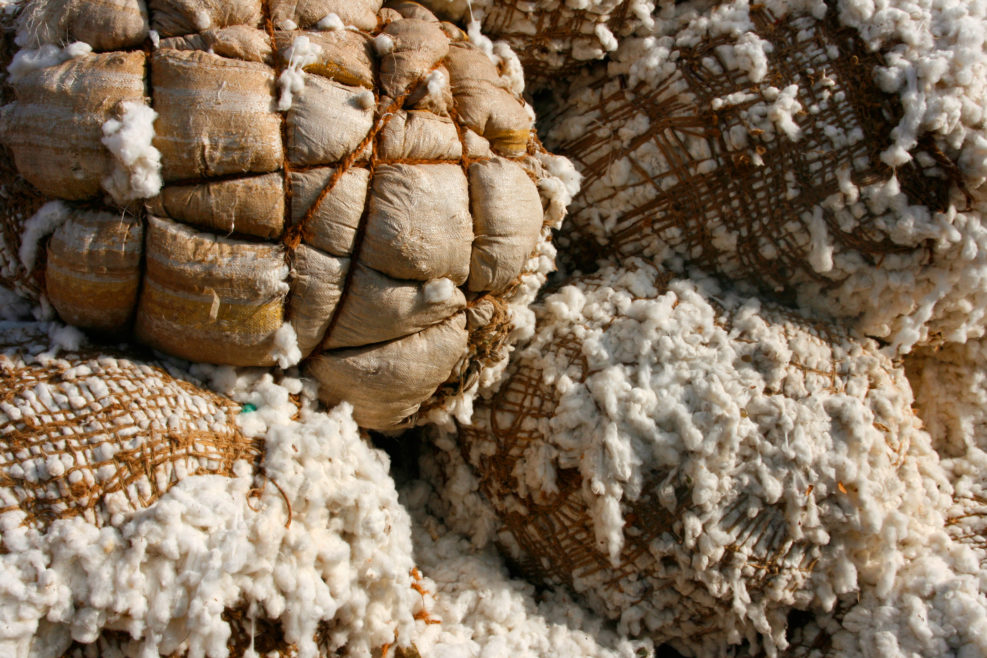
Clothing Retailer H&M Canceled for Revealing China’s Forced Labor
About a fifth of the world’s cotton is grown in Xinjiang, for which Uyghur labor is conscripted, partly through the detention camps complexRecently, I wrote about the fact that many fashionable products consumed in the West are produced by forced Uyghur labor. Those who speak out pay a steep price, as Swedish clothing retailer H&M can attest. Two weeks ago, H&M was Canceled in China after the Communist Youth League decried the company’s comments on forced labor in Xinjiang on Weibo, China’s biggest social media platform. The comments themselves dated from last year (March 2020). The online vitriol is likely in response to sanctions recently imposed by the European Union, the U.S., the U.K., and Canada on Chinese officials for human rights abuses. Earlier in March (2021), Newslines Institute for Strategy and Policy, an international independent organization, published a report showing that Read More ›
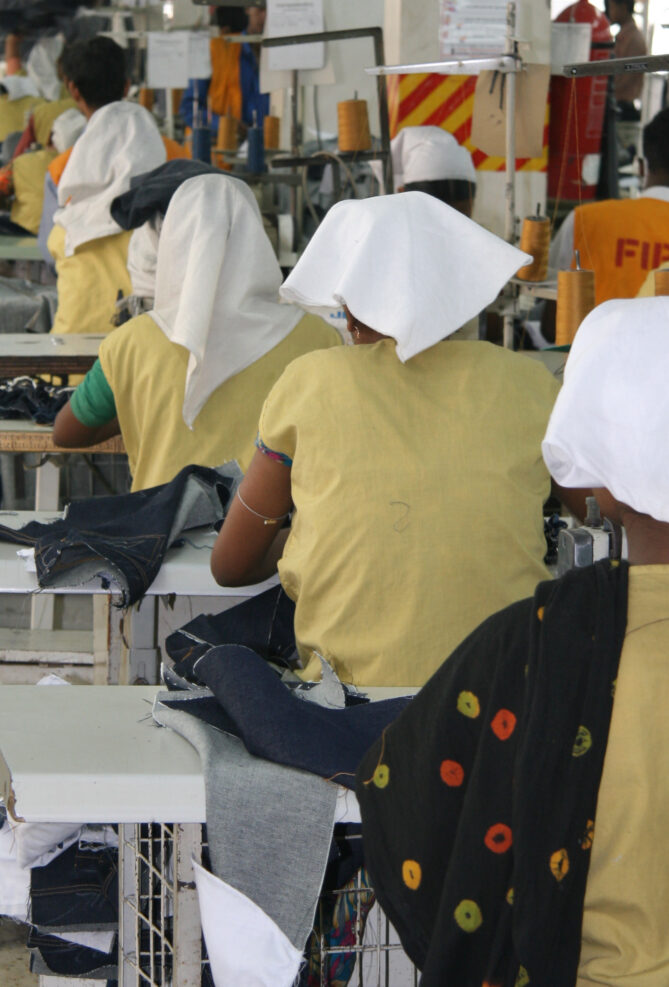
In China, Forced Uyghur Labor Produces Many Fashionable Products
Industries such as fashion and solar panels rely heavily on supplies from detention centers and concentration camps in ChinaChina has been called the “world’s factory.” American companies like Apple, may assemble their tech in the U.S., but the parts are made elsewhere, including Xinjiang, China (Xinjiang Uyghur Autonomous Region). Industries such as fashion and solar panels also rely heavily on Xinjiang for their supply lines. Reports from the Australian Strategic Policy Institute (ASPI) and the Center for Strategic and International Studies in the U.S., as well as testimonials from Uyghurs, show that many such factories in Xinjiang involve the forced labor of Uyghurs in what are called “vocational training schools.” These vocational training schools are more appropriately described as detention centers. In many cases, they are essentially concentration camps. Many Uyghurs are also sent from Xinjiang to other Read More ›
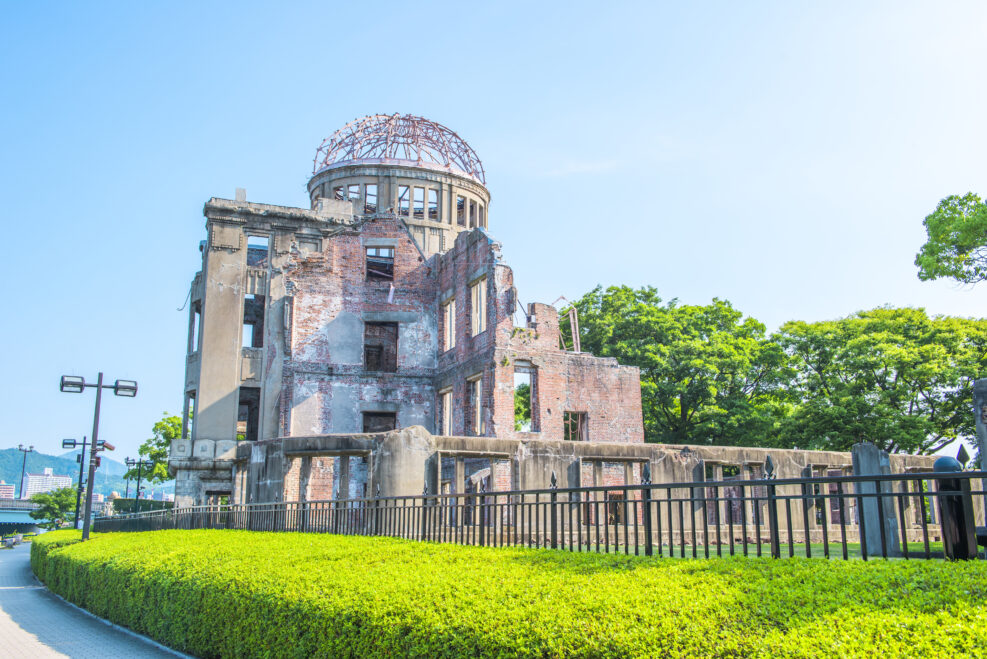
Stark Lessons from the 75th Anniversary of the Atomic Bomb
Nuclear weapons have not been used to destroy a city since Hiroshima and NagasakiSeventy-five years ago today an atomic bomb was dropped on Hiroshima. Einstein’s equation E=mc2 showed that 700 milligrams of mass (m), less than a third of the weight of a US dime, could be converted to enough energy (E) to destroy a Japanese city. The atomic bomb ended WWII. Advanced technology such as the atomic bomb not only wins wars but gives pause to otherwise aggressive adversaries. For this reason, I argue in my book, The Case for Killer Robots,that the United States must continue to develop cutting edge lethal AI for military use. As described in John Hersey’s essay “Hiroshima” in the New Yorker (1946), the effects of the atomic bomb were horrifying for the civilian population. Human beings Read More ›
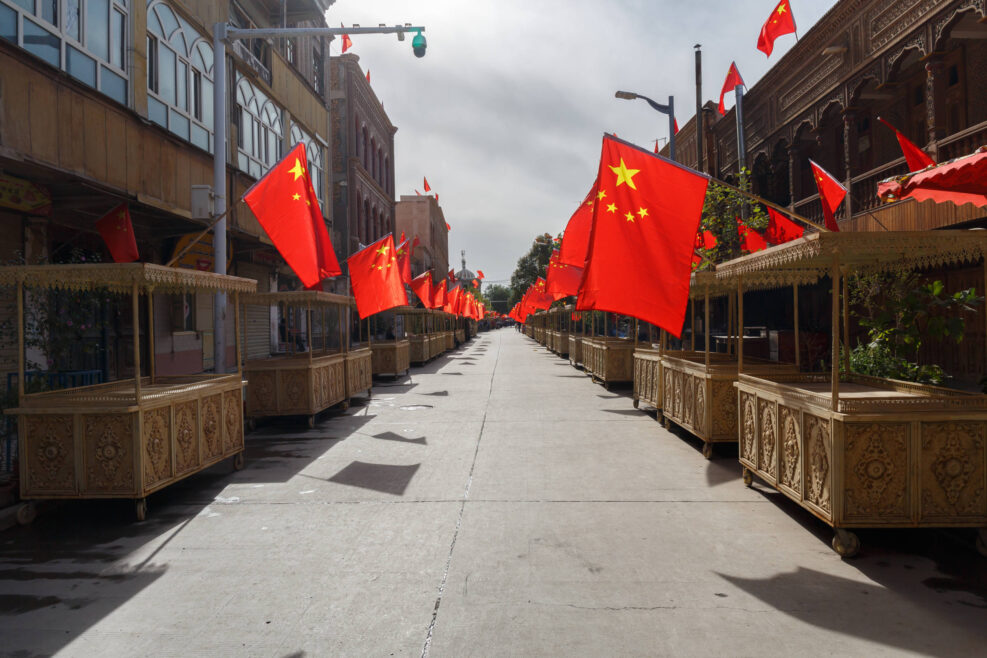
China: Sophisticated Surveillance Decides Who Gets Sent to Uyghur Camps
The leak of documents from police in Karakax County in Xinjiang reveal the details of everyday life that can send a Uyghur to the campsThe tracking app used by the police aggregates all of the data of people living in Xinjiang. Based on the parameters, or “micro-clues” that police put in the app, prompts the user to collect additional details or determines whether that person should be detained. This could include “not socializing with neighbors, often avoiding using the front door,” or using more electricity than others.
Read More ›